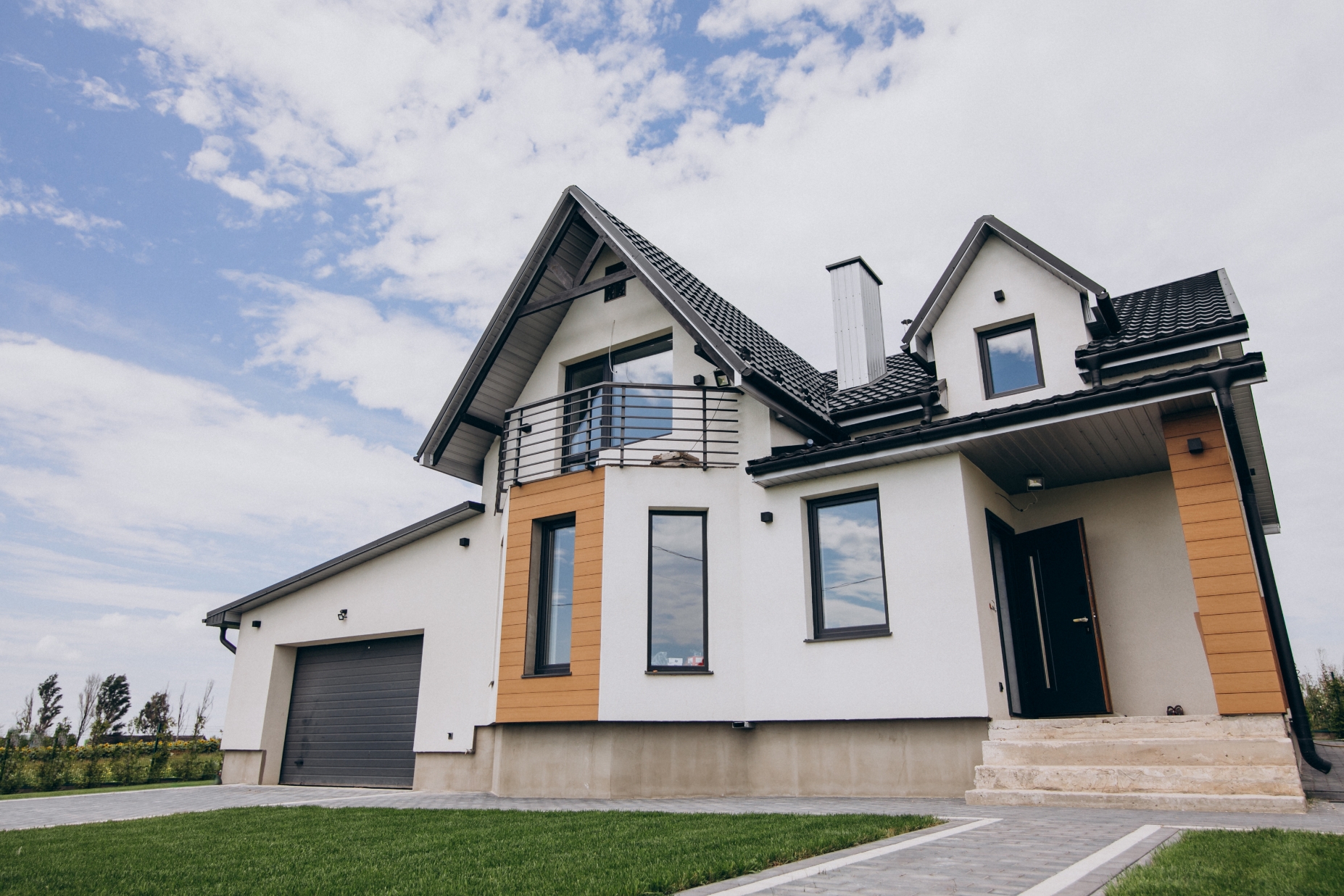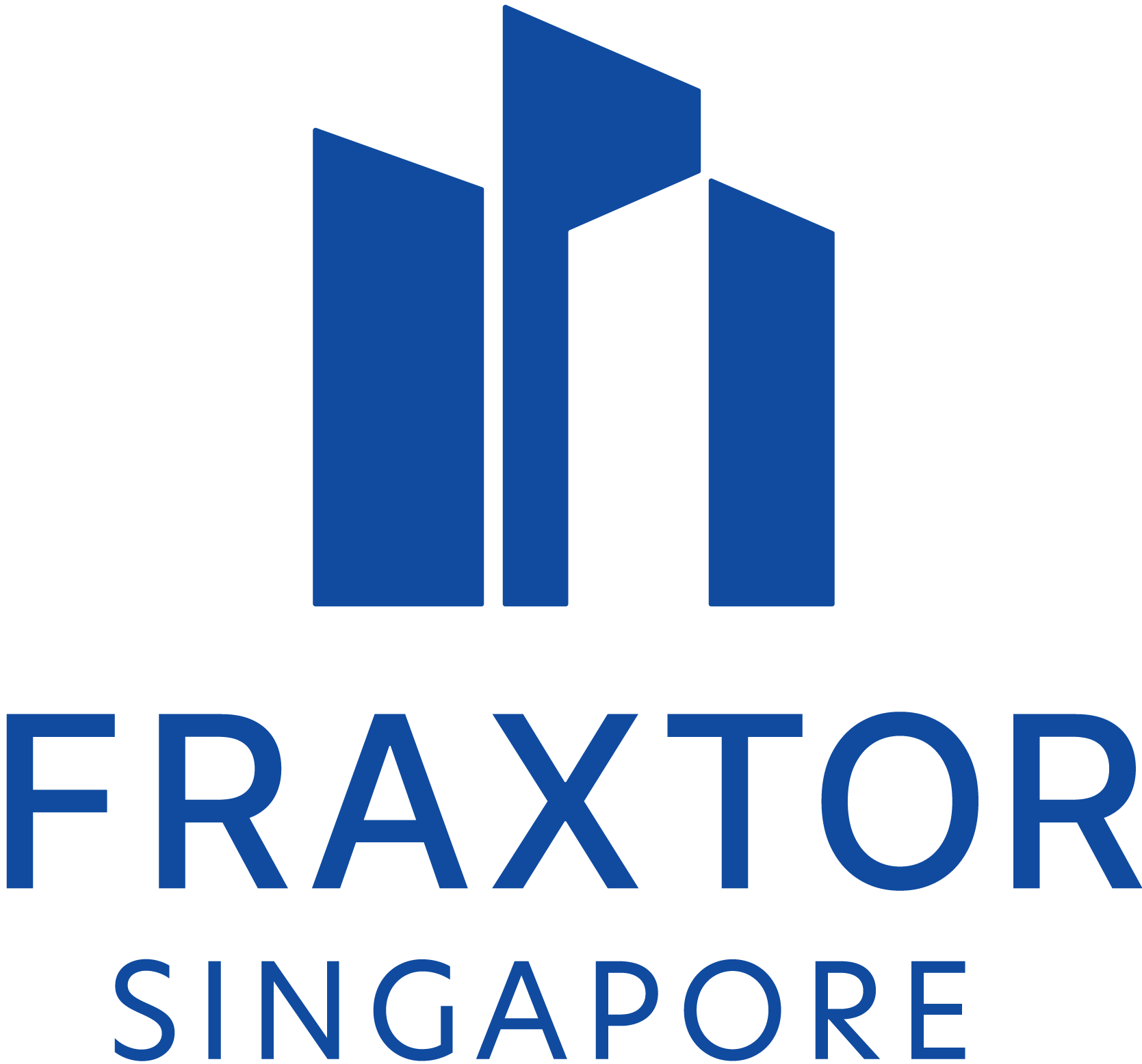
Differences between investing in Landed and Non-landed housing
Landed property
Refers to residential property where the owner of the house has title to the land below and surrounding the house.
Lower Supply

The supply of landed properties has been fairly static compared to its non-landed counterparts, increasing by a mere 5.8% from 2008-2017. Its supply is expected to remain relatively unchanged, as the addition of landed properties is only possible through further subdivision of land, or the government allocating more land for the construction of such residential properties. Given the scarcity of land and resultant low supply, with landed residential properties forming just 5% of Singapore’s real estate, landed housing investments are much more valuable than its non-landed counterparts.
More Capital Outlay required

Data from URA’s Private Residential Property Transactions from January 2021 to August 2021 suggests the higher capital outlay required to purchase landed property. On average, one would need over $3 million, $5 million and $14 million for a terrace house, semi-detached and bungalow respectively. These prices vary depending on the property’s location. Furthermore, if one wishes to redevelop or customize the house, other additional costs have to be factored in, such as maintenance and engineering fees, furniture and more.
Higher Appreciation

According to Edgeprop market trends, the average unit price (PSF) of freehold landed properties has increased by 258% over the past two decades. This is significantly higher than that of non-landed properties, which rose by 176% during the same timeframe. This can be tied to Singapore’s extremely limited supply of land, which continues to grow in demand over time, driving up the value of landed properties. Thus, given their higher value and appreciation, landed property investments have outperformed non-landed investments over the long term.
Non-Landed property
Non-Landed property: Refers to properties where residential units are often built on top of one another, resulting in the owners owning specific parts of the real estate.
More Competition

There were 291,534 non-landed properties in 2017, a 69% increase from 2008. The supply of non-landed residential properties is expected to increase even further in the following years, with several developers having access to more land looking to add many condominium units to the market in the future. Hence, with plentiful non-landed units flooding the residential property market, there is much higher competition when investing in non-landed property, rendering it less valuable and harder to sell compared to landed houses.
Lower Capital Outlay required

According to URA’s Private Residential Property Transactions, in July 2021, a condominium unit was sold at an average of $1,780,051, while its subsidised non-landed counterparts, HDB flats, sold for 70% lower on average at $532,768. These values are much lower than the capital outlay needed for landed investments, making condominiums and HDBs much more affordable investment options for the larger population.
Service Charge

Owners of a condominium unit have to pay a monthly service charge, consisting of the maintenance and sinking fund, to the condo’s Management Corporation Strata Title (MCST). HDB flat owners instead have to pay Service and Conservancy Charges of the HDB to maintain the block’s overall health. These extra fees may amount to a couple hundred dollars per month, whereas living in a landed property with few repairs to be made would result in a much lower maintenance cost.
Sign up to our newsletter
Sign up for our newsletter to stay in touch with global real estate news and opportunities!
By signing up, you acknowledge that you have read and agreed to our privacy policy.

